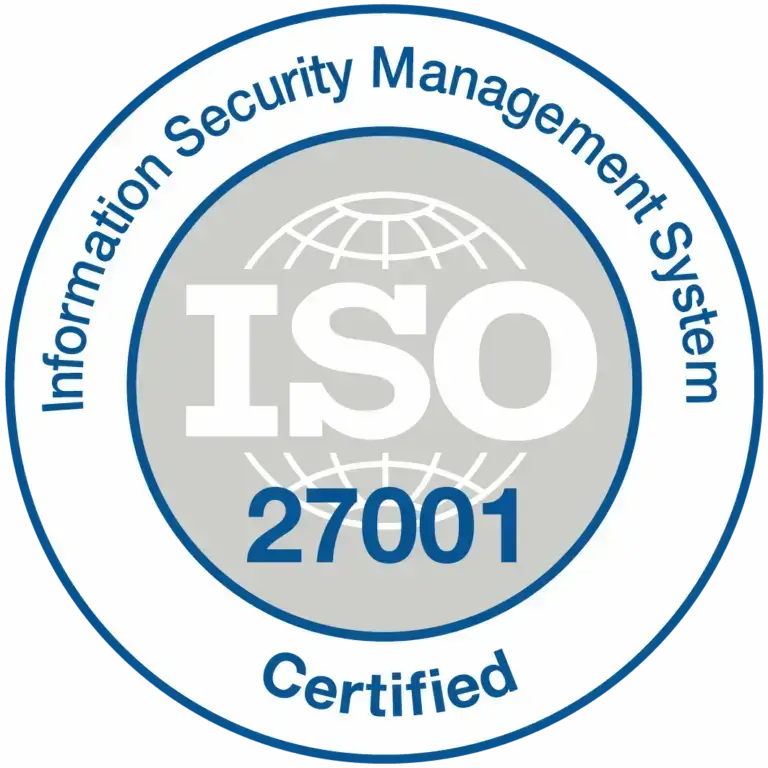Optimising your sales pipeline: How to engage NDIS providers effectively
Jane Elg
on
August 2024


The National Disability Insurance Scheme (NDIS) sector in Australia’s health industry presents substantial growth opportunities for businesses. The NDIS is a government-funded program that supports people with disabilities, their families, and carers. With increasing demand for disability services, businesses that can effectively engage NDIS providers stand to benefit significantly.
To succeed in this sector, it’s crucial to understand and address the key business drivers, challenges of the sector and how products like technology can provide benefits to NDIS providers and their communities. By aligning your sales and marketing strategies with these drivers, you can build strong relationships and optimise your sales pipeline.
Challenges in the NDIS sector
While the NDIS sector presents significant opportunities, it also faces several challenges that impact both providers and businesses looking to engage with them. Understanding these challenges is important for tailoring effective solutions:- Regulatory burden: Many providers find the process of registering with the NDIS Commission burdensome and expensive, with insufficient perceived benefit. This has led to a large number of unregistered providers operating with limited oversight.
- Lack of oversight to unregistered providers: Approximately 150,000 providers are unregistered, meaning they operate without the stringent oversight that ensures safe and quality supports. This poses a risk to participants and challenges the integrity of the NDIS.
- Balancing regulation with provider flexibility: There’s a need for a risk-proportionate approach to regulation, where the level of oversight matches the inherent risk of the support provided. For example, less regulation for gardening services compared to personal support services in the home.
- Participant choice and control: Striking the right balance between regulation and participant choice is essential. Participants should have control over their supports while ensuring their safety and the quality of services they receive.
- Quality and safeguarding: Ongoing issues with quality and safeguarding necessitate a robust regulatory framework. However, the regulatory responses need to be more targeted and risk-based, prioritising areas of greatest risk and provider track records.
- Integration with multiple systems: Providers often operate in multiple service systems, each with its own regulatory requirements. This complexity can be a deterrent to registration and compliance with NDIS standards.
Understanding key business drivers of NDIS providers
To effectively sell to NDIS providers, it’s helpful to understand what the above challenges and how these align with key business drives their operations and decision making processes.Here are the key business drivers you can consider:- Quality of service delivery: NDIS providers prioritise delivering high-quality, person-centred care. Businesses that can demonstrate how their products or services enhance care quality and participant outcomes will resonate well with providers.
- Regulatory compliance: Compliance with NDIS Quality and Safeguards Commission standards is non-negotiable. Offering solutions that help providers meet regulatory requirements efficiently can be a significant selling point.
- Funding and financial management: Efficient use of NDIS funds and financial sustainability are critical. Highlighting how your solutions can optimise financial management and maximise funding utilisation will attract providers.
- Staff recruitment and retention: Providers need to attract and retain skilled staff. Showcasing how your offerings can support workforce stability, training, and development will address a key concern.
- Participant satisfaction and engagement: High participant satisfaction is important for providers. Demonstrate how your products or services improve participant engagement and satisfaction to appeal to NDIS providers.
- Technology and innovation: Providers seek innovative solutions to streamline operations and improve care delivery. Highlight the technological advantages of your offerings and their impact on efficiency and service quality.
- Operational efficiency: Streamlined operations are vital for sustainability. Present how your solutions can enhance operational processes, reduce costs, and improve overall efficiency.
- Strategic partnerships and networks: Building partnerships is key for providers. Show how your business can facilitate valuable partnerships and networking opportunities.
- Risk management: Effective risk management is essential. Illustrate how your offerings help mitigate financial, operational, and reputational risks.
- Community Engagement: Strong community relationships are important. Demonstrate how your business can enhance community engagement and support.
Technology success stories in the NDIS sector
Many NDIS providers have successfully used technology to enhance their service delivery, resulting in improved outcomes for participants. As examples of products and businesses supporting NDIS providers solve some of their problems. Here are some notable stories:- AI-driven predictive analytics: Large NDIS provider in South Australia: A large NDIS provider in South Australia employed AI-driven predictive analytics to better understand and the needs of their clients. By analysing data from various sources, they could identify patterns and trends, allowing them to allocate resources more effectively and customise services to individual needs.
- Mobile apps for self-management: Autism support services in Tasmania: An autism support service in Tasmania developed a mobile app designed for self-management, helping clients with autism manage their daily routines, appointments, and medication schedules. The app also included features for communication and social interaction, which were particularly beneficial for clients with social challenges.
- Wearable assistance devices: For participants with mobility or sensory impairments, wearables come in the form of advanced prosthetics and hearing aids that are not only functional but also intuitive. These devices are designed to adapt to the user’s environment, providing them with a higher level of interaction and control in their daily activities.Wearable technology also includes devices that assist in daily living activities, such as GPS locators for those with cognitive disabilities or visual impairment. These gadgets contribute to improved navigation and safety outside their homes, fostering independence for individuals.
Selling to NDIS providers: strategies and tactics
Now that you understand industry challenges, key business drivers, and product success stories, here are strategies to effectively sell your own solutions into NDIS providers:- Tailor your messaging: Craft your marketing messages to directly address the specific needs and challenges of NDIS providers. Highlight how your solutions align with their business drivers.
- Demonstrate value: Use case studies, testimonials, and real-world examples to show the tangible benefits of your products or services. Focus on outcomes such as improved service quality, enhanced compliance, and operational efficiencies as shown in the technology examples above.
- Provide educational content: Offer valuable content that educates providers on best practices, industry trends, and regulatory updates. This positions your business as a knowledgeable and trusted partner.
- Leverage technology: Showcase innovative technological features of your solutions that can streamline providers’ operations and improve care delivery
- Engage decision makers: Identify and engage with key decision makers within NDIS providers, such as CEOs, procurement managers, and HR executives. Personalise your outreach to address their specific concerns and priorities. Using the Firmable B2B database, the NDIS register is already available within the platform and can easily be segmented for your own marketing campaigns.
- Offer flexible solutions: Provide flexible options that can be customised to meet the unique needs of each provider. Flexibility can be a significant selling point in a diverse and evolving sector.
- Support compliance and risk management: Highlight how your offerings assist with regulatory compliance and risk management, providing peace of mind to providers.
- Build long-term relationships: Focus on building long-term relationships rather than just making a sale. Offer ongoing support, training, and resources to help providers continuously improve.
NDIS providers near me: Where to find an NDIS provider list
Access to high-quality, up-to-date local business data is crucial for success in the NDIS sector. Firmable, Australia’s most accurate B2B database, already has an existing targeted list of all NDIS providers. Within minutes you could be reaching out to the right decision makers.By utilising Firmable’s robust database, you can:- Identify key contacts: Directly access the contact details of decision-makers within NDIS organisations.
- Segment by location and size: Tailor your outreach efforts based on the geographical location and size of the providers.
- Optimise your outreach: Use detailed job titles and contact information to ensure your message reaches the right people.
- Enhance accuracy and efficiency: Rely on accurate, up-to-date information to streamline your sales and marketing efforts.
Conclusion
In the rapidly evolving NDIS sector, understanding and addressing the key business challenges and drivers is crucial for businesses aiming to engage providers effectively. By leveraging technology and innovative solutions, businesses can not only improve service delivery but also build strong, long-lasting relationships with NDIS providers. Access to accurate and comprehensive data, such as that provided by Firmable, is instrumental in identifying and reaching the right decision makers, ultimately driving growth and success in this vital sector.Additional resources
Learn how you can create helpful, human experiences and optimize at scale. From customer stories, articles, reports and more on content—to insights on commerce, we want to help eliminate guesswork and make every interaction actionable.


Don't forget to share this post!
You may also like
Discover how AI agents are reshaping B2B sales across ANZ – automating the grunt work, surfacing buyer signals, and driving real GTM impact.
Learn how to build a partner go-to-market strategy that boosts pipeline, improves conversions and drives long-term B2B growth.
Compare LinkedIn, LinkedIn Sales Navigator, and B2B database like Firmable for smarter prospecting in Australia and New Zealand. Discover what drives better leads and results
Grow your business faster with Firmable data
With the largest Australian B2B database and the only local support team, it’s easy to get started with Firmable.



